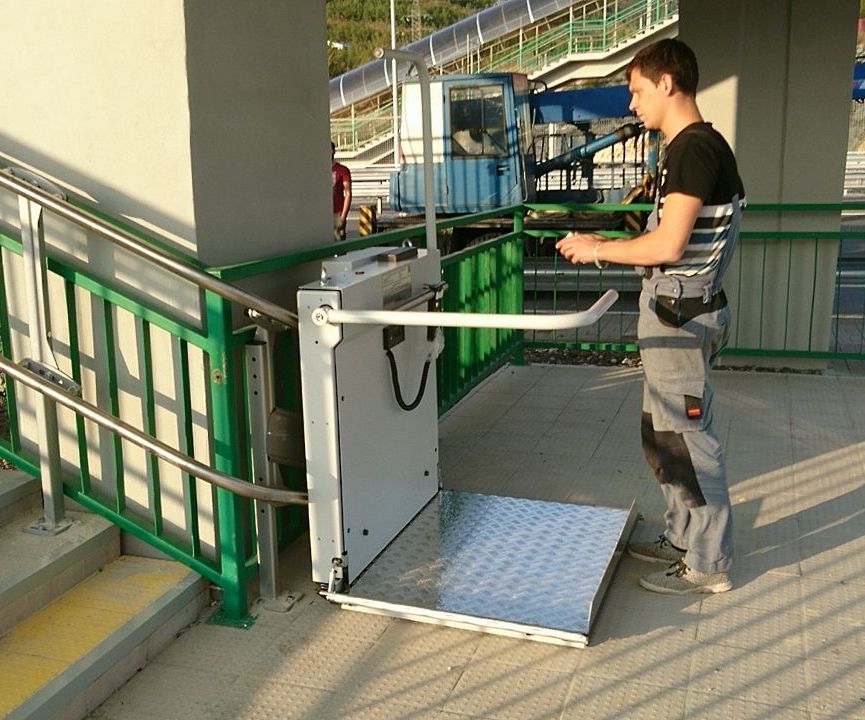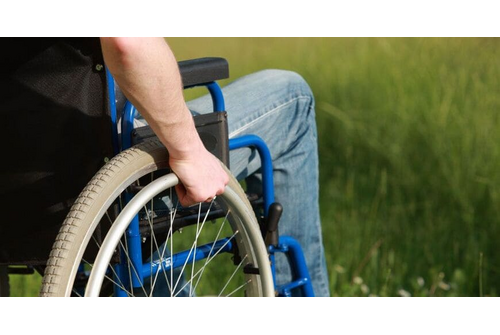Installation wheelchair lift includes several important stages. The first of them is the development of project documentation, which specifies the working characteristics of the lift equipment, its location and information about certification (with the attachment of the appropriate documents). Also attached is an explanatory note with the rules of installation, maintenance and use of the device.
How the installation and commissioning of elevators for people with disabilities is performed

After that, the elevator is made according to the design and / or (if there is already a prefabricated modular system) it is assembled. The standard time for this phase varies from 1 to 3 weeks. It depends on the length of movement and the number of stops on the floors and staircases. Only organizations that have been authorized to perform the installation of lifting equipment for people with reduced mobility are authorized to do so.
The third and final step is the adjustment, programming (for electronically controlled models) and test run. It takes up to 3 days to complete, and the safety of the equipment, its convenience and smooth running in all modes of operation are determined in a mandatory manner. If even minor technical faults or factory defects of the parts used are detected, the acceptance of the equipment by the experts is postponed until they are completely eliminated.
In order for the lifting equipment to be approved for operation, the installer must present:
- a platform suitable for operation in all modes;
- installation project;
- certificate;
- periodic maintenance instructions;
- lift passport;
- hydraulic and electrical diagrams of the device.
In the case of submission of a complete set of documents and in the absence of technical violations expert draws up an act of readiness of the equipment to work, as well as the act of testing.
Peculiarities of installation of different types of wheelchair elevators
Lifting equipment designed for different operating conditions implies different features of installation. For example, when installing elevators in the entrances of apartment buildings, measurements are taken first, then guides and supporting structures are installed. Then the actuating and auxiliary mechanisms are mounted, and the platform itself is fixed in the last turn. Afterwards the electrical connections are made and the control panels are mounted. The final step is to conduct a test run, checking the operability in standard and emergency modes.
When installing lifting equipment in swimming pools or at natural bodies of water, the most important is the resistance of the structure to high humidity (and for rivers and lakes to moving ground). For this reason, installation begins with laying the foundation (if necessary), placing and fixing the supporting frame and the suspension system for the wheelchair. Only after this step is complete, the motors are connected and the installation is started up.
If you intend to equip a vehicle with a wheelchair elevator, an important condition for this is to have a special mounting base on the side or rear of the bus or of the car. When it is not available, you will need to contact the service center for installation in advance. In the case of public transport, it is most rational to place the lifting equipment near the double doors. This is due to the fact that more free space will make installation convenient, as well as make it easier for people with low mobility to get inside. After the installation is completed, it is mandatory to test.


